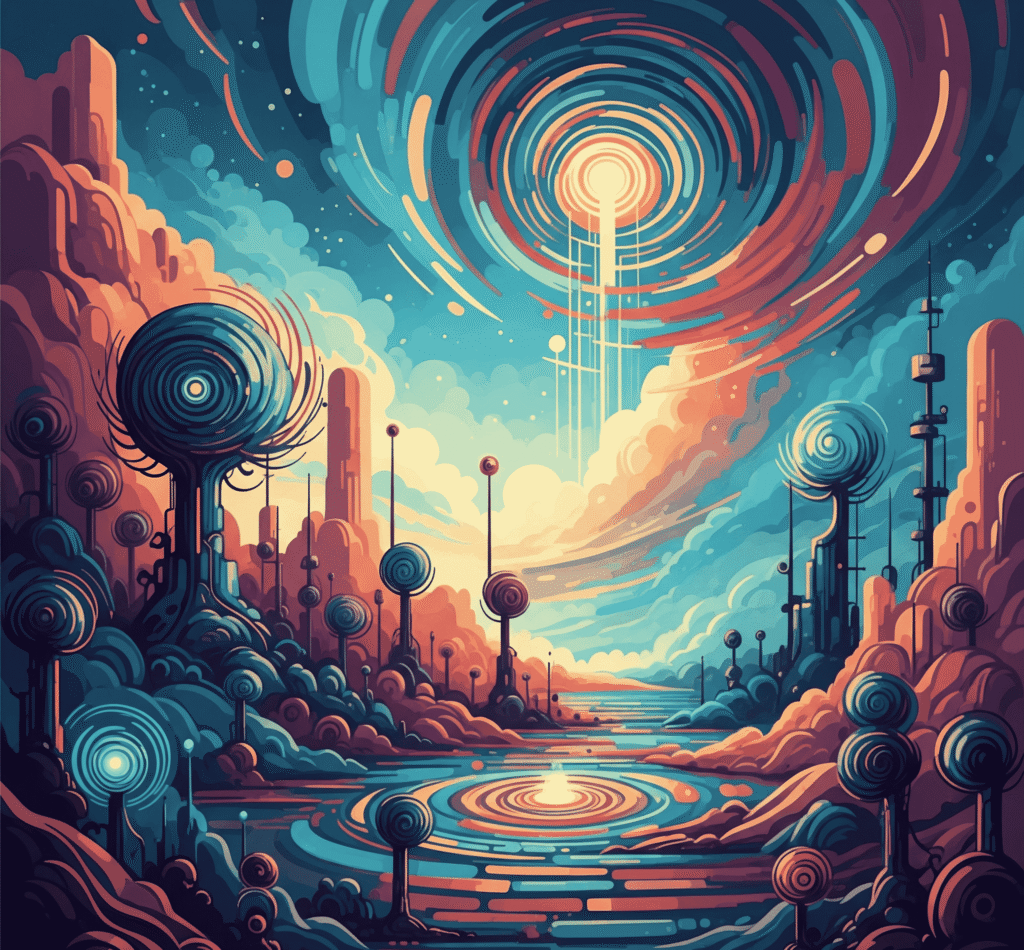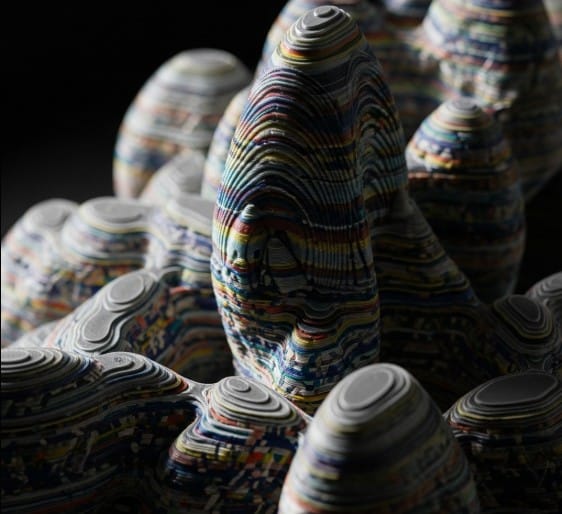How Social Media is Changing the Way Art is Consumed
Introduction
In the digital era, the intersection of social media and art has transformed how we view, interact with, and purchase artworks. What was once a domain of galleries, auction houses, and private collectors has now become widely accessible—thanks to platforms like Instagram, Pinterest, and TikTok. This seismic shift in accessibility and audience engagement is redefining the traditional art ecosystem.
In this blog post, we delve into how social media is changing the way art is consumed, the opportunities and challenges it presents for artists and collectors alike, and what this means for the future of global art appreciation.
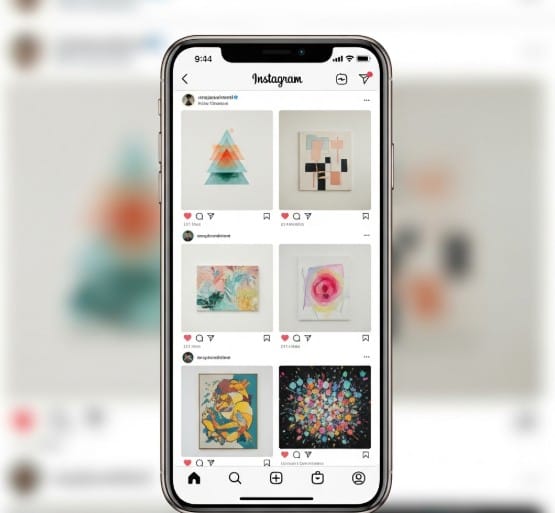
The Democratization of Art
One of the most profound impacts of social media is the democratization of art consumption. Before social media, access to high-quality art was limited to those who could visit museums, galleries, or high-end exhibitions. Today, a teenager in a remote village can follow contemporary art movements, watch process videos by famous painters, or even connect with global artists directly from their phone.
Platforms like Instagram have emerged as virtual galleries, allowing anyone to view, appreciate, and even purchase art with a few clicks. This shift is leveling the playing field for emerging artists who might otherwise struggle to get their work seen.
“Social media has eliminated traditional gatekeepers, giving artists the freedom to define their own narrative and connect with audiences directly.”
Visual Platforms Leading the Revolution
Among all social platforms, Instagram, Pinterest, TikTok, and YouTube have become essential tools for visual artists. Let’s explore their unique impact:
Instagram: The Virtual Gallery Wall
With its grid layout and visual-first approach, Instagram has become the go-to platform for artists and art lovers. Artists share finished pieces, behind-the-scenes content, and even live stream their creative process. Hashtags like #artcollector, #digitalart, or #contemporaryart help audiences discover new creators easily.
Fun Fact: Over 200 million Instagram users visit at least one business profile daily, and many of these include artist pages.
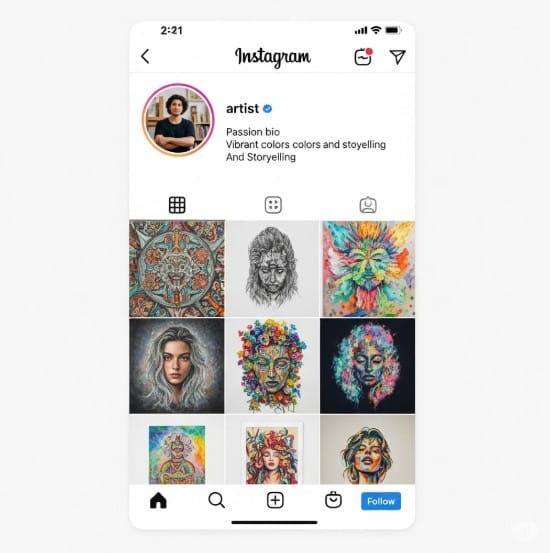
Pinterest: Mood Boards and Discovery
Pinterest functions more like a visual search engine, ideal for discovering styles, aesthetics, and techniques. Collectors and decorators often use it for inspiration, making it a great platform for artists to showcase their portfolio and style.
TikTok & YouTube: Art as Performance
TikTok and YouTube allow for longer storytelling. Artists use time-lapse videos, tutorials, and storytelling formats to draw followers. Here, art is not just the final piece—it’s the journey, and that journey becomes content.
The Rise of Digital Art and NFTs
Social media has also played a pivotal role in the rise of digital art and NFTs (Non-Fungible Tokens). Platforms like Twitter and Discord have become hotspots for NFT communities, while artists showcase their NFT creations on Instagram and TikTok.
The viral nature of these platforms allows an artist’s work to reach global audiences, increasing the chances of virality—and sales.
Read more about how NFTs are shaping modern art markets on ArtNet News.
Changing the Art Collector’s Behavior
Social media is not just influencing artists—it’s transforming art buyers and collectors too. Here’s how:
Instant Accessibility
Collectors no longer need to attend physical exhibitions. They can follow artists and art dealers, DM to inquire about pricing, and purchase directly through platforms or linked websites.
Direct Artist-Collector Relationships
In the past, galleries acted as intermediaries. Today, collectors often build personal relationships with artists, gaining deeper insights into their work and journey.
Crowd Validation
Likes, comments, and shares act as social proof. High engagement often leads to increased credibility and desirability—affecting the perceived value of a piece.
Virality vs. Value: A Double-Edged Sword
While social media provides incredible exposure, it also poses challenges:
- Trend Pressure: Artists may feel forced to create “trendy” art to stay relevant.
- Short Attention Span: Viral content often gets consumed quickly, with little room for deep appreciation.
- Algorithm Dependency: Platforms favor certain content styles, often sidelining traditional or experimental artists.
Yet, many artists leverage these platforms to educate audiences about their practice, thereby fostering long-term appreciation.
The Role of Influencers and Art Curators
Just as fashion and beauty industries have influencers, so does the art world. Art influencers and online curators now have the power to elevate an unknown artist overnight.
From YouTube art critics to TikTok creators who explain art history in under 60 seconds, these individuals are bridging the gap between complex art theories and mainstream audiences.
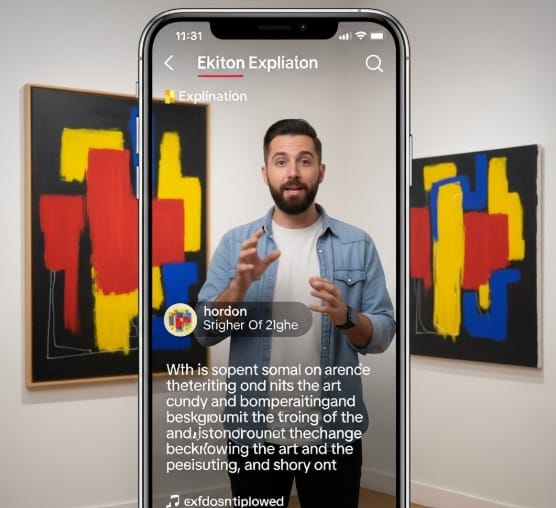
Challenges of Art Authenticity and Copyright
Social media also presents legal and ethical challenges, particularly concerning copyright infringement and digital plagiarism. Artists often find their works reposted without credit, or worse—sold as fakes.
To combat this, many are turning to:
- Watermarking
- Blockchain technology
- Copyright registration platforms
- Community reporting tools
Cultural Exchange and Global Visibility
Thanks to social media, art from underrepresented cultures is now gaining global recognition. Indian tribal art, African abstract styles, Latin American folk designs, and other indigenous works are being discovered by international audiences.
At ISKUSS, we celebrate this cultural diversity by showcasing works rooted in tradition yet relevant globally. Our platform promotes artists who blend heritage with contemporary themes to reach art lovers worldwide.
How Artists Can Maximize Social Media Impact
Here are some key strategies for artists navigating the digital space:
- Consistency is Key: Post regularly but authentically.
- Engage with Community: Reply to comments, collaborate, and support fellow artists.
- Use the Right Hashtags: Helps improve discoverability.
- Tell Your Story: People connect with stories more than static images.
- Cross-Promote Platforms: Link your Instagram to your Pinterest or YouTube for wider reach.
What Does the Future Hold?
Looking ahead, augmented reality (AR) and virtual galleries could further transform art consumption. Social platforms might evolve into metaverse-style experiences where users “walk through” an exhibition from their living room.
We’re also likely to see:
- More artist-owned e-commerce shops
- Integration of AI tools for creation and curation
- Enhanced collaborative art formats
The role of physical galleries may shift from being the sole gatekeepers to becoming partners in hybrid digital models.
Conclusion
Social media has forever changed how we consume art—making it more accessible, diverse, and interactive. While challenges remain, the opportunities for exposure, connection, and innovation are greater than ever.
Artists who embrace the digital landscape can expand their reach far beyond traditional boundaries, while collectors and enthusiasts can enjoy an ever-growing, global buffet of creativity.
Explore more unique artworks inspired by heritage and modernity at ISKUSS.
